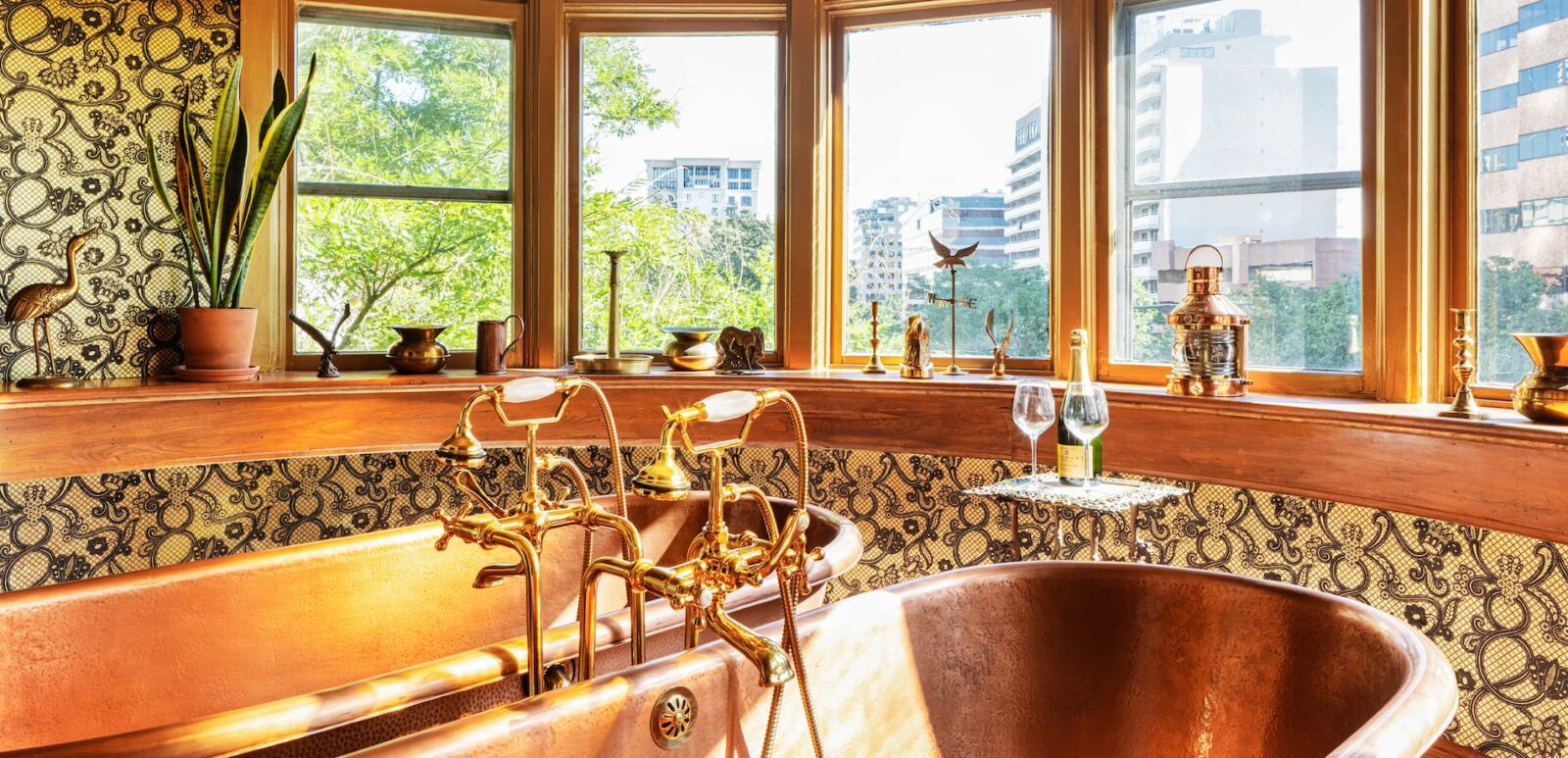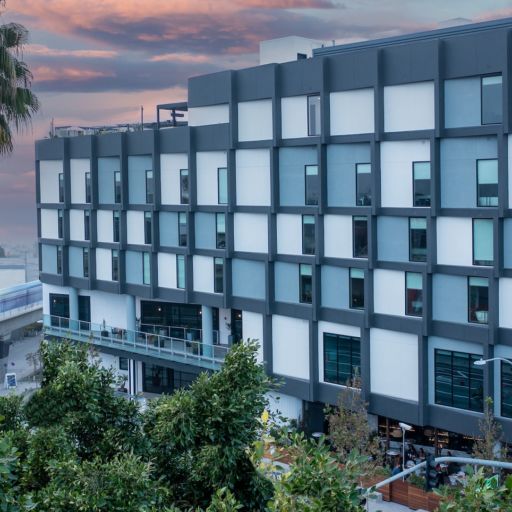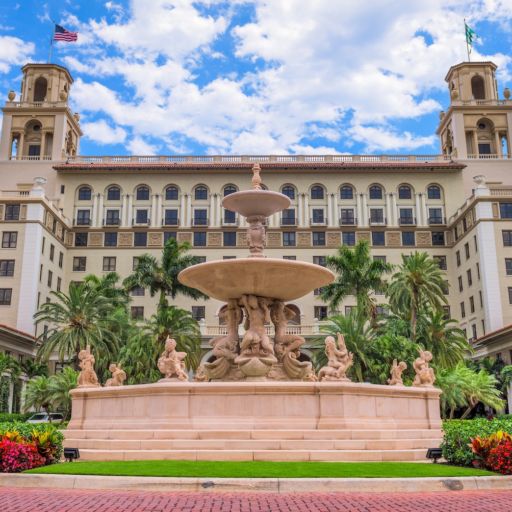This story was first published in The Hotels issue (#6) which hit stands in March 2024. Urban Cowboy Denver was one of the hotels named to our first-ever Greatest Hotels Ever list.
“A hotel isn’t just a place to sleep,” Lyon Porter says from his New York design studio. “It’s the building, the lighting, the music. What you’re smelling, eating, drinking, and the people around you. That’s where the magic is.”
This is the spirit Porter and his partner Jersey Banks have brought to the undeniably cool design of Urban Cowboy hotels, which began as a bed and breakfast in a Brooklyn townhouse. The line of unique properties has expanded to Nashville, the Catskills and now, Denver. The duo are also behind the Dive Motel in Nashville and run Cowboy Creative design studios.

With Urban Cowboy, they’ve infused rich and sometimes surprising details into each property; the results are interiors with unique swagger. The latest project, an 1880s Victorian mansion on the fringes of downtown Denver, is their grandest one. Touches like hand-made wallpaper and hammered copper bathtubs help conjure a different era, when the city blended Gilded Age opulence with cowboy frontier spirit. “The idea is to make a moment when you’re transported back in time,” Porter says. “But you’re still here, in the now.”
A silk hat baron’s mansion makes a perfect canvas
Urban Cowboy Denver was once the historic home of silk hat tycoon George Schleier and sits in the shadows of Denver’s towering skyline.
“It was a product of [Schleier’s] in freighting, farming and real estate,” says Alison Salutz, director of community programs for Historic Denver, a nonprofit preservation organization. “It’s the pivotal transition of Denver from frontier town to vibrant city, and the home embodies that.”
When the home was originally built, Salutz says, it stood atop a small rise with little around it, making it one of the most prominent structures in the city. Unlike many Gilded Age mansions near city centers, this one was meticulously preserved. Most of the thanks goes to GSX Group, who contacted Porter and Banks after taking over the historic home.
“It’s a Victorian mansion with a carriage house on the corner. [Urban Cowboy] Nashville is a Victorian mansion with a carriage house on a corner. So they called me,” Porter says. Immediately after walking in, he knew it was special.
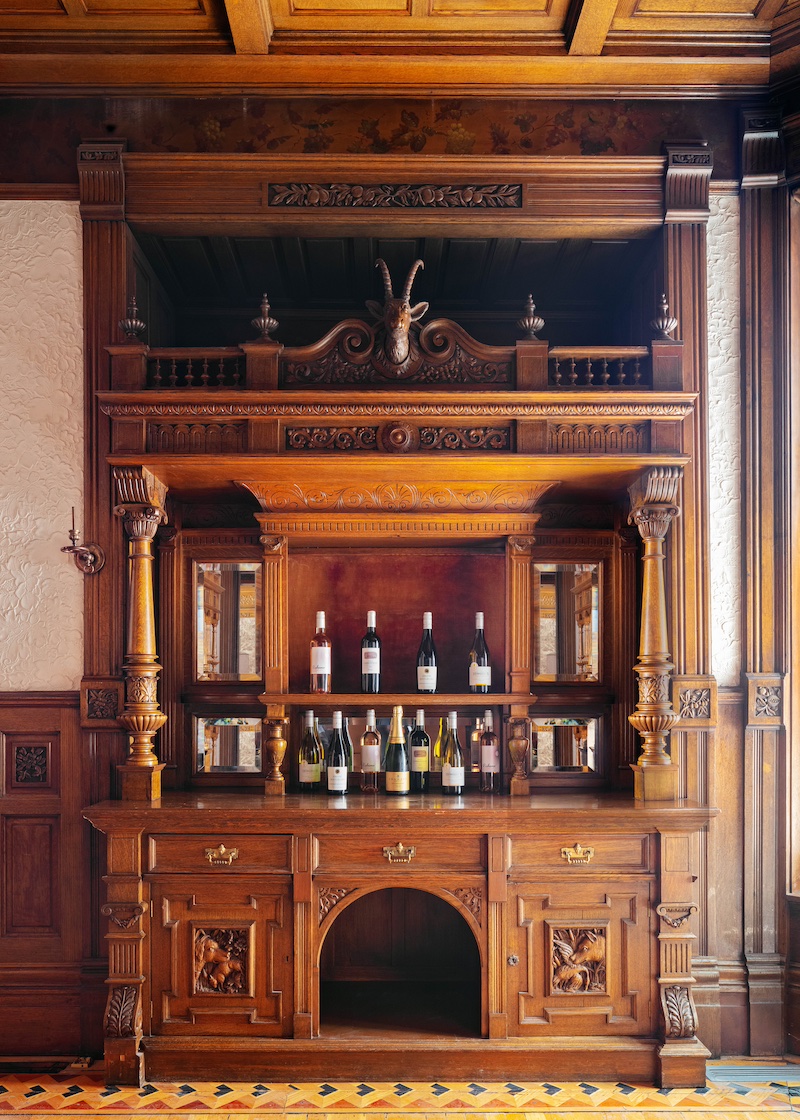
“The building itself is an historic work of art,” he says, referring to the hand-carved coffer ceiling, 16 art-tile fireplaces, intricate inlaid floor borders and, of course, staircases with hand-carvings of Bavarian swans and gargoyles. “My job is to not mess it up. My job is to breathe new life into the space.”
The space is special, as its architecture and attention to detail make it one of the most treasured buildings in Denver.
“Pains were taken to build it out of Colorado sandstone,” says Salutz. “It has eclectic architecture with an onion tower, an interior with nods to German heritage like Bavarian swans in the woodwork. They’re a good luck symbol.”
Every room in the home is different, as is the case with many Victorians. Some have giant windows; some have tiny windows. Some have turrets; others have vaulted ceilings. It creates a special design challenge but allows for countless themes and chances to immerse guests in different experiences.
“I sat in the parlors and imagined this boomtown spirit,” Porter says, discussing his inspiration for how the new Urban Cowboy would come to life. “You can put yourself in this boomtown Denver where everyone was wearing pocket watches, where the bustling streets were surrounded by cowboys and the frontier spirit. If you came to this mansion for a party, you arrived by horse.”
Scouring the country for the perfect décor
With this turn-of-the-century mindset, Porter hit the road with a 30-foot truck, scouring antique stores from Cleveland to Cheyenne to find the oddball objects that would feed Urban Cowboy’s personality.
“I drove everyone crazy by not having a plan for the pieces,” Porter says. “I let the property speak to me, and when I got in that Gilded Age mindset the picking was instinctive.”
In Cincinnati, he found a 100-foot bar from the 1800s that will stand as the centerpiece for Public House, the hotel’s on-site restaurant. He found a golden seal whose place he hadn’t figured out yet, but he bought anyway. He even met with a friend who’d recently purchased a vintage 1900s printing press and created custom spade wallpaper.
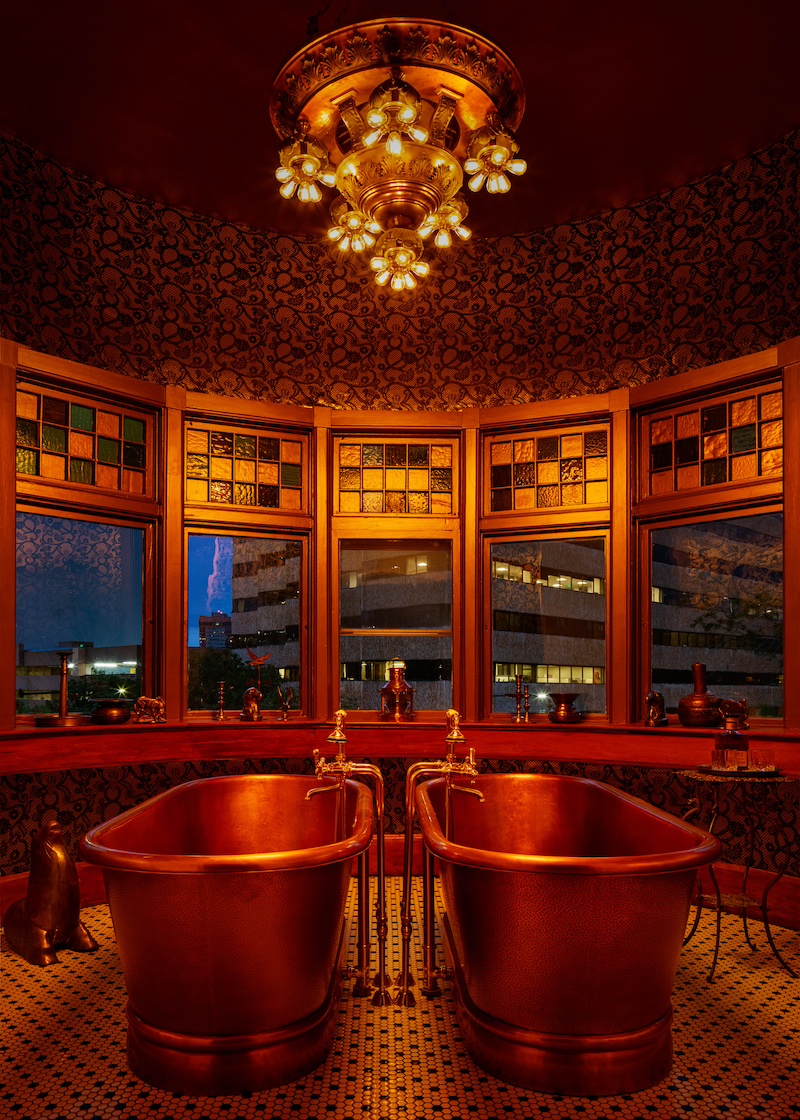
For the penthouse suite, Porter created an even more unique covering, plastering the space in custom gold wallpaper. The coups de grâce are a couple of hammered copper bathtubs sitting in the suite’s bathroom, which have already become the hotel’s signature image.
“I wanted to design it like I’d design a dream home, because that’s your North Star,” he says. “I thought, ‘This is a Gilded Age mansion,’ so I went all the way with gold wallpaper.”
He also took special care in designing the mansion’s parlors, once the common areas where Denver’s high society spent their leisure time. Now, they act as a welcoming wine bar for guests to begin their trip into Denver’s past.
“This sexy, red, kinda bordello opium den of the 1880s, that’s the kind of wine bar we wanted to welcome guests in.”
Where visitors mingle with locals
The wine bar isn’t Urban Cowboy Denver’s only social space. It’ll also feature the Public House, the mansion’s carriage house transformed into a two-story saloon and restaurant. The menu comes from Roberta’s, the hit Brooklyn Neapolitan pizzeria famous for its Bee Sting pizza covered with honey and crushed chiles. But it’ll be far more than just a place to grab a late-night pie. Porter envisions it as a traveler’s hub where his guests can get a feel for what the Mile High City is about.
“There’s a magic to going where locals go as a traveler, and our bar and restaurant is going to be for locals first,” Porter says. “We’re right on the edge of a residential neighborhood, and travelers can feel like they’re in a special place for Denver.”
Memories, he says, are the most important guest experience at Urban Cowboy. And by designing the space as a trip into the city’s history, he hopes to inspire them to experience Denver in a different way.
“It’s a slice of Denver history we’re breathing new life into,” he says. “And Denver is a boomtown now, it’s a city of excitement and energy. Setting the stage with design really sets the tone for how people feel while they’re in the city, and I want people to feel like they’re in Denver, but connect with the past and the present.”




